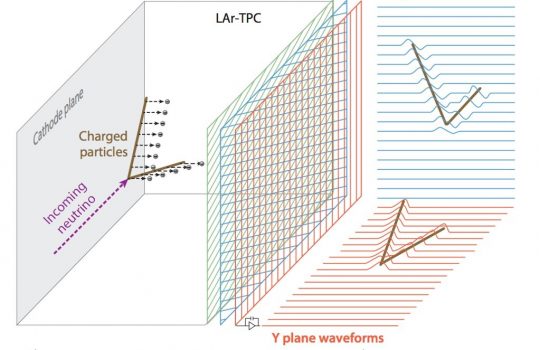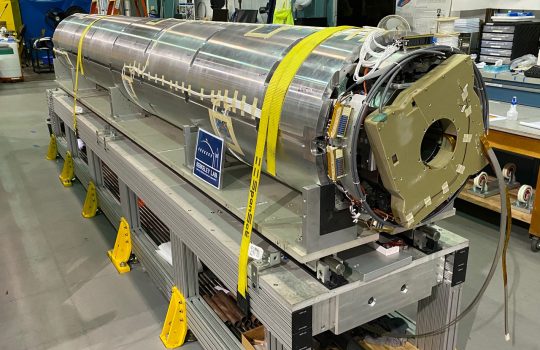Physicists achieve significant improvement in spotting accelerator-produced neutrinos in a cosmic haystack
Ground-breaking image reconstruction and analysis algorithms developed for surface-based MicroBooNE detector filter out cosmic ray tracks to pinpoint elusive neutrino interactions with unprecedented clarity.


